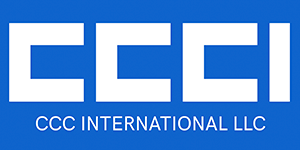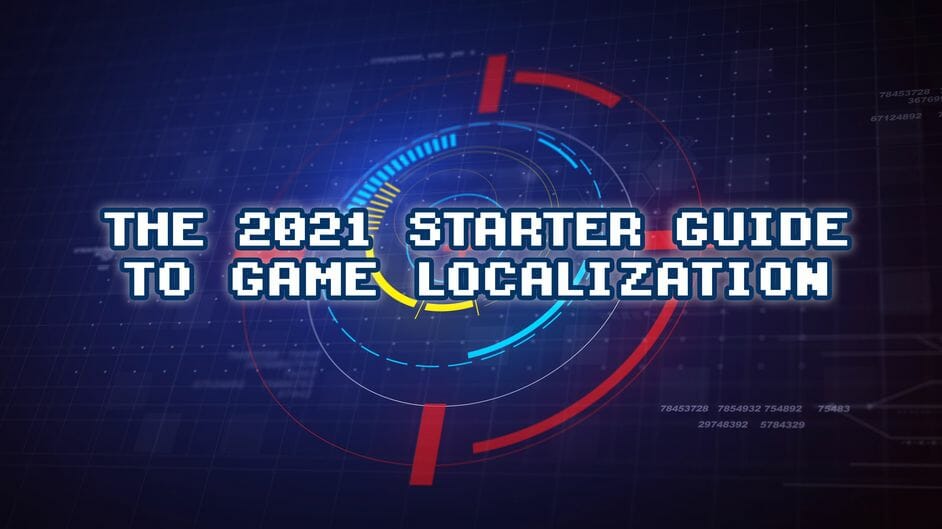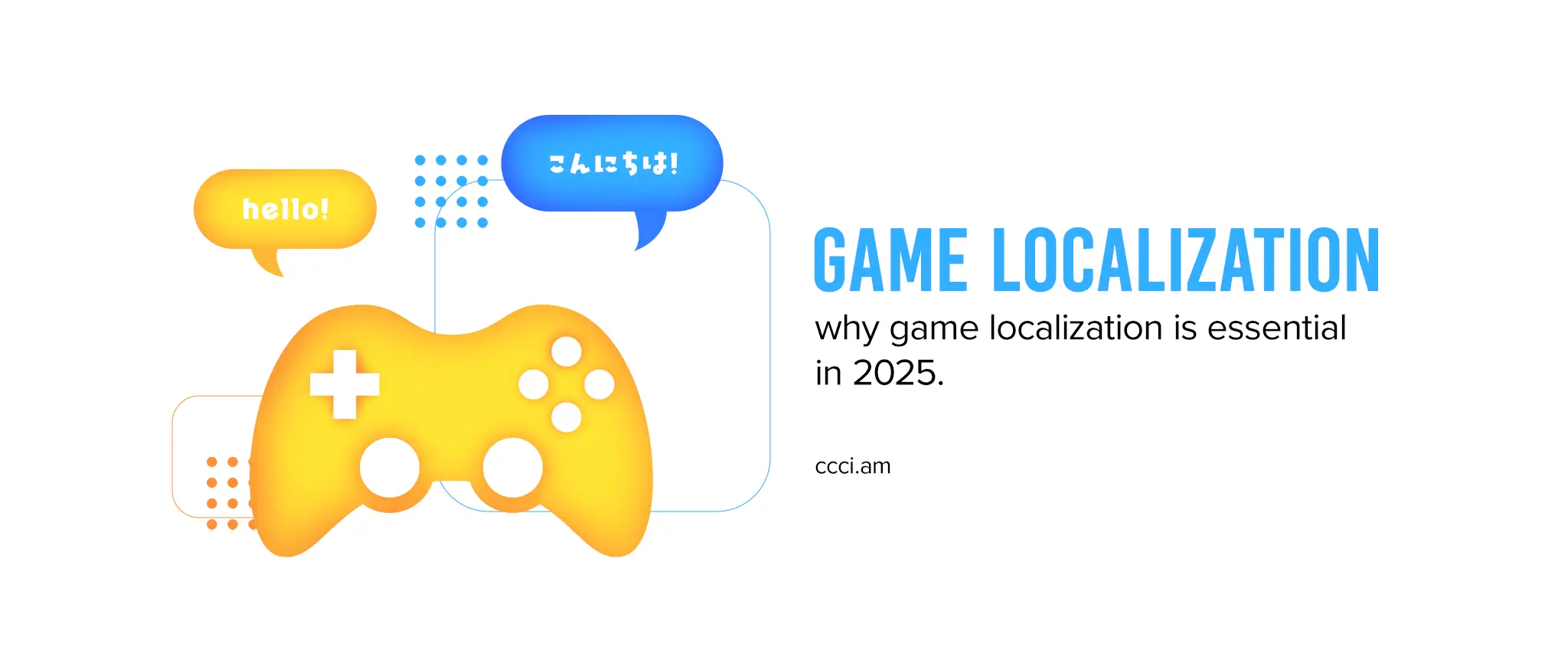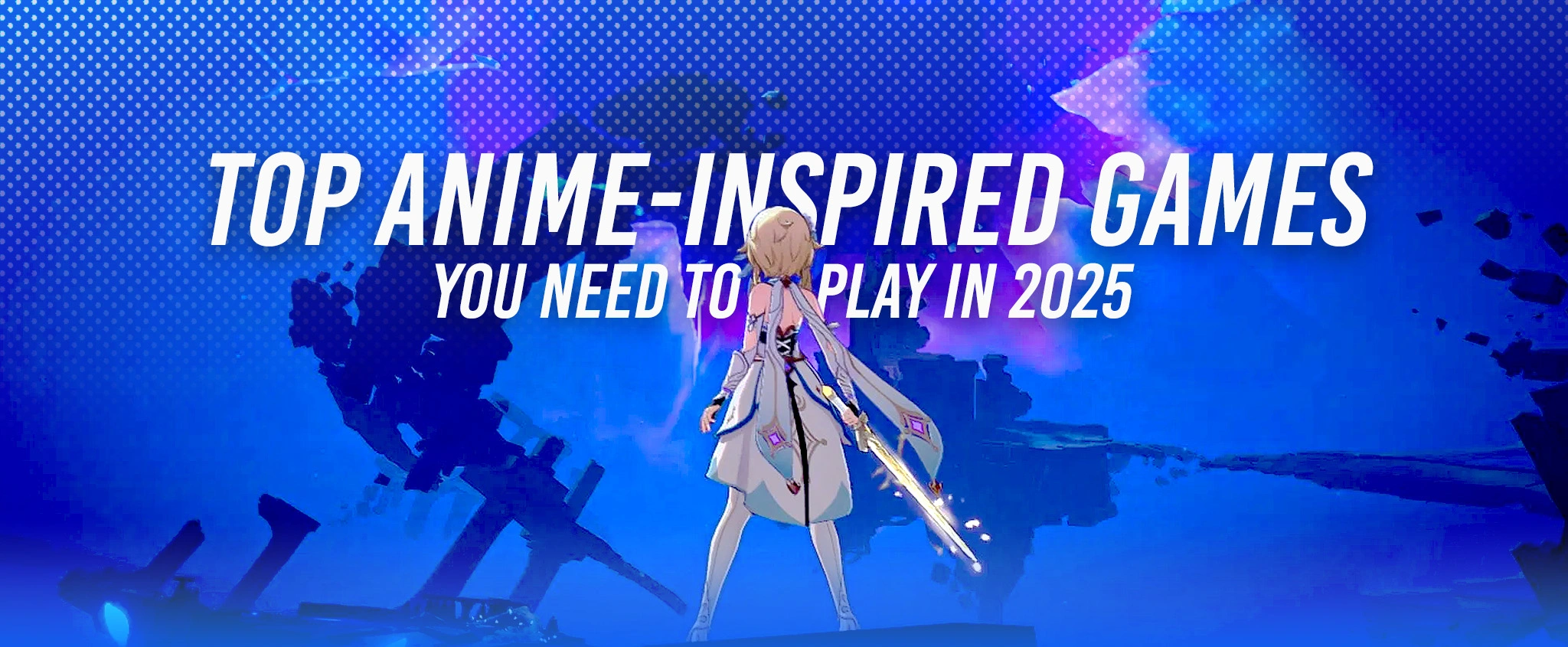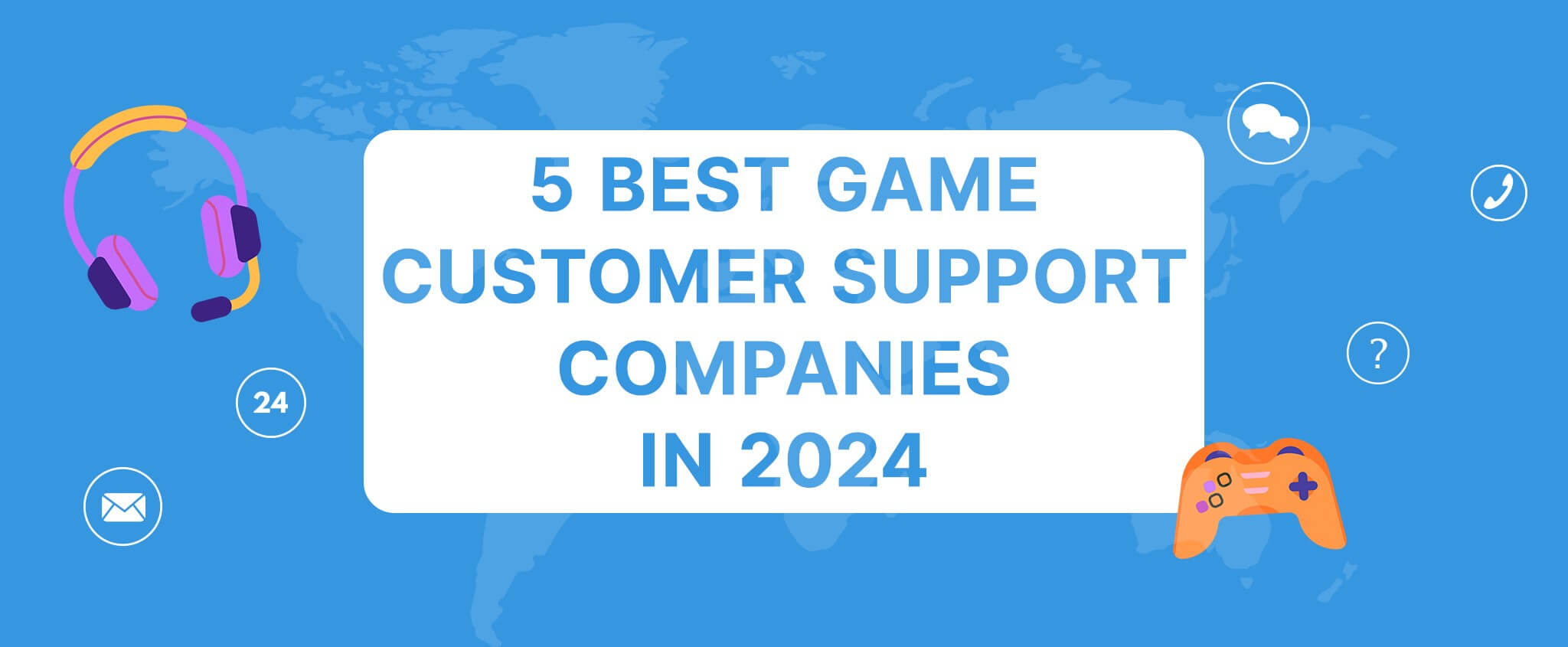The 2021 Starter Guide to Game Localization
The role of game localization in the video game industry cannot be ignored as the gaming market continues to expand worldwide. With the industry raking in billions of dollars in revenue globally and the growth of the customer base internationally, the demand for game localization for international markets will only continue to grow. With this, the process of localizing games for the international market must develop as well.
How well a video game is localized can make or break its success in a target region. Translation and localization mistakes by companies in the past are known to have costed more than just revenue and shares. With how fast news travels nowadays, even minor blunders could cause loss of game audience and long-term negative impact on company image. Localizing a game for one or multiple target audiences could pose challenges for those just starting in the industry. After all, it is not that simple and is more than translating in-game text to another language. To help understand this process better, here is a starter guide to game localization in 2021.
Revisiting translation vs. localization
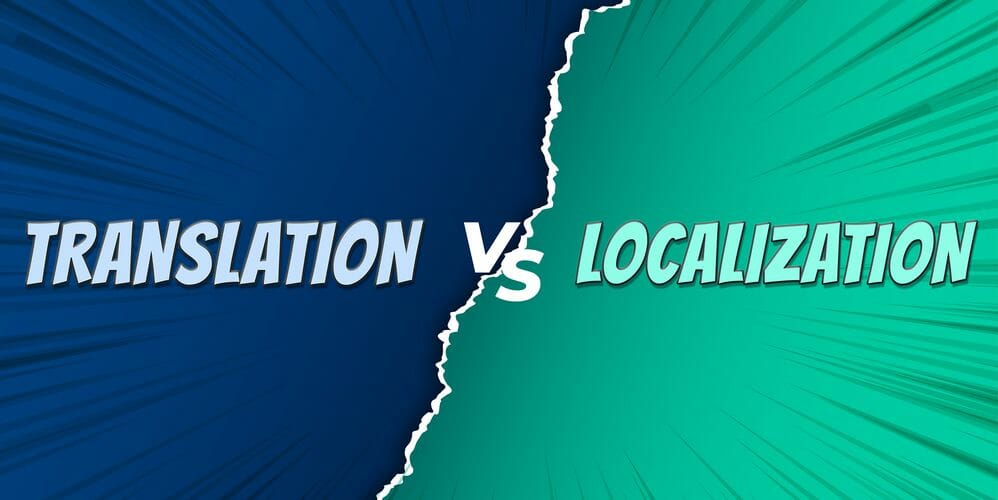
Before anything else, we must first learn to distinguish translation from localization. As previously discussed, translation is the process of rendering from one language or another, while localization roughly is the adaptation of material to suit a particular place. To some, these two terms might seem similar and thus may be used interchangeably. Looking closer, however, one can see that translation is one piece of the whole localizing process. It takes not only the translation into account but also the nuances of an audience’s culture, including their belief systems, language syntax, idioms, denotations, and connotations. All in all, it is not just translation that comprises localization but the cultural context as well. With proper localization, target players can get a familiar, inclusive yet immersive game experience.
Recognizing the fundamentals
As countless video games get released each year, several methods for proper game localization have also emerged. Veterans in the game developing industry, translators, and localizers have also shared their know-how in game localization.

The following are arguably the fundamental aspects of the game localization. The first one is the translation followed by editing, involving the correction of errors in style and semantics and checking the consistency and accuracy of the translated material. Next is the proofreading or the correction of spelling errors and typos. The first three aspects mentioned are usually performed before the addition of the text to the game itself. What follows is text integration into the game by performing necessary adjustments on the code and the user interface or experience design for accurate in-game text display. Regional adaptation is another fundamental aspect in which language, cultural differences, and restrictions present in the region of a target market are considered. Incorporating these nuances will give target players a more natural feel within the game, giving them a better chance to connect with the game more. The last but just as important is quality testing of translated material and its integration into the game. This is done to check for suitability errors in the translation and bugs in the video game script.
The universality of the importance of these aspects in game localization is up for debate. However, these aspects do take the speed, accuracy, and efficiency of the translation and localization into consideration. When planning the process for game localization, it might help to incorporate those aspects into the procedure. Doing so could be the means to producing the best possible final product.
Localization tips for starters

One may feel overwhelmed with where to begin in game localization. With such an extensive process, choosing an area to focus on going down the road can be confusing. Here are tips to get you started.
1. Immerse in the language and culture
For starters, substantial knowledge about the target language and culture is one of the great pillars of successful game localization. Failing to integrate the nuances of both during the process may produce in-game dialogues that sound awkward or out of place. Thus, one should first aim to be proficient with the language and its tying culture.
2. Play by the book
Next, following the specifications, style guides, and glossaries that the localization project manager asked to follow will help keep the translation quality according to standards. The style guides define the linguistic and cultural conventions within a given target language. On the other hand, glossaries contain terms to use within the game environment. Firm adherence to the style guides and glossaries will be vital for the entire duration of the project. Game jargon may challenge some translators but reading the set terms within the glossaries will help avoid making guesses.
3. Make use of your tools
Finally, be familiar and learn to trust in computer-aided translation tools. Such tools, including translation memory tools that store previous works, have become widely available for assistance. These tools help ensure the quality, consistency, and pace of the localizing process, which is why their use continues within the translation industry today.
The increasing influence of globalization in the video gaming industry has given rise to many professional video game localization agencies offering translation and localization services in multiple languages. Moreover, globalization is also pushing the current trend of video game development towards internationalization. However, what truly sets excellent service providers apart from the rest of the game translation market are their deep understanding of language and culture and their extensive experience in translation and localization. We at CCCI offer high-quality translation and localization services and customer support with our skilled translators looking to connect your games to many regions worldwide.
Holding more than ten years of professional experience in translation and localization and headquarters in Southeast Asia, East Asia, West Asia, and Europe, we at CCCI provide video game localization services for every genre in the video game industry in 30 or more languages. Our specialists are experts in game translation and localization services who are also video game buffs themselves. When localizing your game into multiple languages, CCCI ensures not only the consistency of the story and ideas from the original version of your games but also the engagement of your target players by giving them an accommodating and immersive gaming experience. Contact us.
Check also about Covid-19’s impact on the gaming industry, Australian Game Localization, Spanish Game Localization, and US video game industry.
